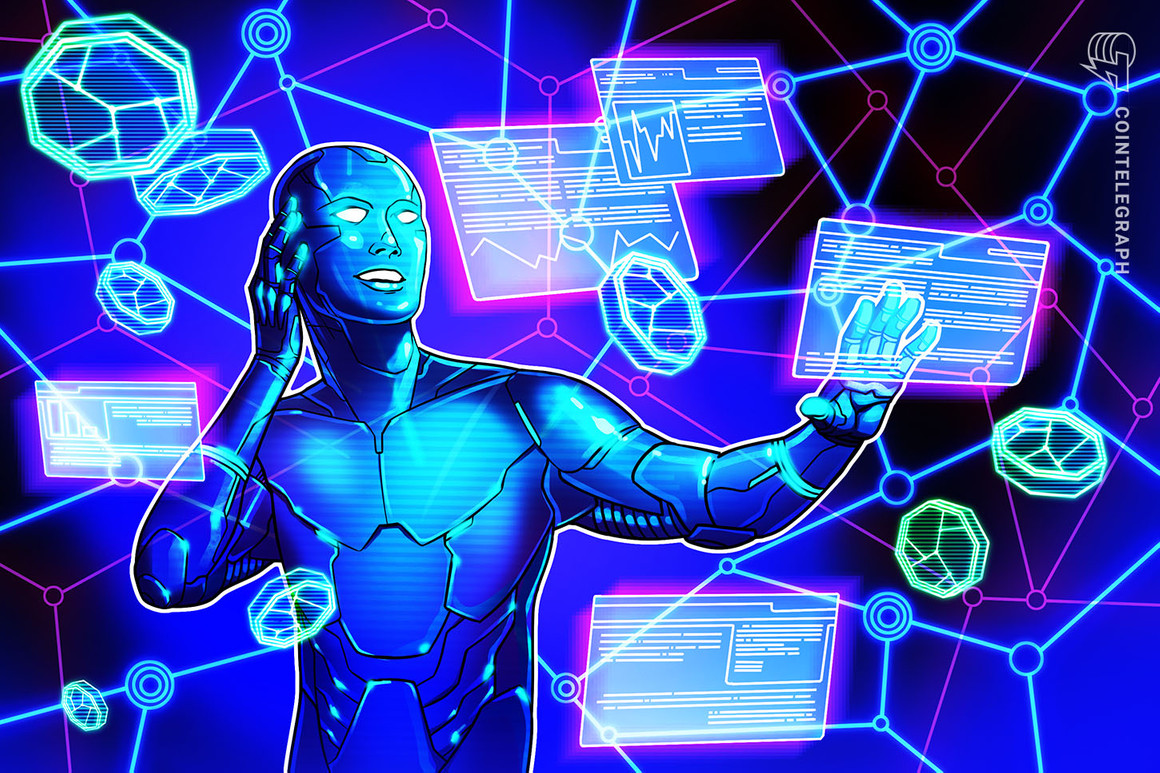Nonfungible tokens (NFTs) have come a long way in a relatively short period of time. In 2017, the NFT project CryptoKitties made headlines as the larg
Nonfungible tokens (NFTs) have come a long way in a relatively short period of time. In 2017, the NFT project CryptoKitties made headlines as the largest decentralized application on the Ethereum network. While CryptoKitties accounted for a notable portion of Ethereum transaction volume in 2017, these NFTs mainly served as digital collectibles geared toward the crypto community.
It wasn’t until March 2021 when NFT artwork started gaining traction due to the financial potential behind these creations. This was demonstrated when digital artist Mike Winkelmann, also known as Beeple, sold his NFT piece titled “Everydays: The First 5,000 Days,” which raised over $69 million through Christie’s auction house. Following Beeple’s sale, artwork NFTs started becoming more popular, attracting a larger audience of both creators and fans.
Web3 enables community storytelling through NFTs
Fast forward almost a year later, and the rise of Web3 has given creators additional opportunities to make nonfungible tokens that have utility in virtual ecosystems. This has also allowed NFTs to extend beyond just aesthetically pleasing images, giving rise to community building through new forms of storytelling within different mediums.
To put this in perspective, Yat Siu, co-founder and chairman of Animoca Brands — a Hong Kong-based gaming and venture capital company — told Cointelegraph that collaborative narrative forms, like fan fiction and YouTube videos, became quite popular with the development of Web2. “But, what was missing was an efficient way to share collaborative efforts for recognition and economic benefit in a scalable and equitable manner. Web3 can help to change that,” Siu said.
Siu believes that Web3 has made it possible for content creators such as writers, artists, film directors and others to collaborate with individuals on various creative efforts. Siu shared that this is partly due to the fact that Web3 content contributions to be tracked on-chain:
“This opens up so many possibilities for collaborative creativity across virtually all media formats. Imagine interweaving stories constructed by a myriad of end-users in a user generated content manner, but with full tracking of each contributor and narrative origin.”
To Siu’s point, a number of Web3 projects are coming to fruition, which are utilizing trackable NFTs to enable project creators and fans to collaborate on various forms of storytelling. For instance, the billion-dollar comic book industry has taken an interest in using NFTs for storytelling. Palm NFT Studio recently launched an NFT project with Warner Bros. Consumer Products’ DC Comics known as “The Bat Cowl Collection.” This project features 200,000 unique 3D-rendered Batman cowl NFTs that allow fans to shape the stories of future comic book narratives.
Josh Hackbarth, head of NFT commercial development for Warner Bros. Entertainment, told Cointelegraph that Warner Bros. had been thinking about new ways to bring Batman to life for fans, which eventually led to the exploration of Web3: “As the lead for the ‘Bat Cowl Collection,’ I was excited to see how Web3 could bring us closer to fans by allowing them to collaborate with us in new ways.” Hackbarth added that each NFT will then be integrated into future DC Comics’ stories over time.

Straith Schreder, executive creative director for Palm NFT Studio, told Cointelegraph that each “Bat Cowl” NFT serves as part of the storytelling process:
“This allows for fans to become protagonists, which makes this project exciting because it enables an opportunity for shared experiences and co-creations. Fans will soon see their bat cowls integrated into future projects from DC Comics. This is the promise of Web3 and generative art, as it allows fans to shape their own superheroes and tell their own stories.”
In order to get fans’ creative juices flowing, Hackbarth said that each “Bat Cowl” NFT will also contain unique traits. “We call this ‘badging,’ which allows fans to badge up in different worlds using their cowls. This will help create the stories behind the various cowls.” Hackbarth further pointed out that while some comic books in the early 1990’s allowed fans to dial a 1-800 number to vote on how comic books may end, Web3 finally allows users to be an integral part of the storytelling process.
“This is no longer about conducting an anonymous vote or dialing a 1-800 number. NFTs allow fans to become authenticated verified participantsin this entire process. That is what we are excited about,” he remarked.
DC Comics isn’t the only comic book publisher aware of the potential of Web3. HeroMaker Studios — an NFT-native comic book studio — is also allowing fans to create their own narratives. Gareb Shamus, founder of HeroMaker Studios and Comic-Con International, told Cointelegraph that HeroMakers recently launched a project called “Kumite.” According to Shamus,…
cointelegraph.com
